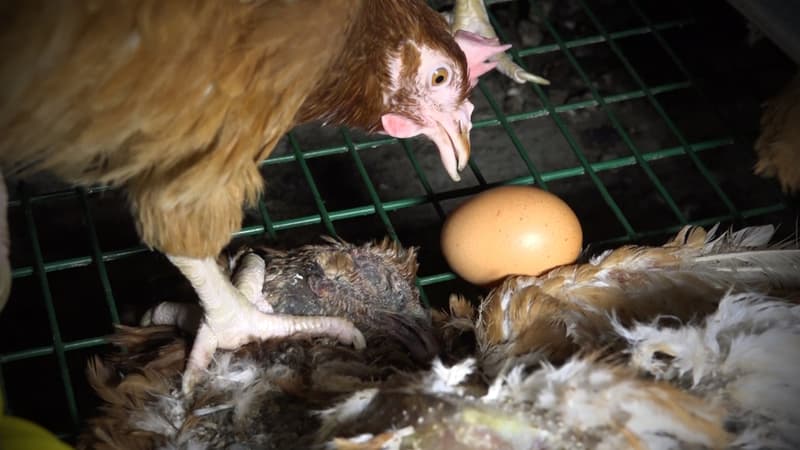A chicken farm may have perches, but do they really use them if they are not the right ones? Temperature, ventilation and dust levels can be controlled, but do animals sneeze? To inform consumers about the welfare of the animals used to produce their meat, dairy and eggs, ANSES suggests taking an interest not only in their breeding conditions on paper, but also in studying the animals themselves, according to a report published this year. Thursday. , May 2.
No European legislation currently regulates “claims or labeling on animal welfare,” explains ANSES in its opinion. Some standards simply regulate information on production methods such as “organic farming” or the method of raising laying hens (“in cages”, “free range”, etc.).
There are various labels at the national level and/or for particular sectors, such as broiler chicken in France, “without their specifications being comparable and sometimes verifiable, generating confusion and doubts among consumers,” considers Anses.
Consider eight risk factors
Therefore, the organization was tasked in 2021 with recommending guidelines with the aim of possible harmonization at the European level. ANSES recommends that the evaluation focus primarily on “the welfare state of the animal” with indicators recorded directly on the animal.
It suggests taking into account eight risk factors: genetic characteristics, breeding techniques, breeder practices, housing, feeding, measures taken to ensure good health of animals, limiting the use of stressful practices or pain and reproduction.
Food, for example, should be easily accessible and adapted to the species and age of the animal, but it should also meet its behavioral needs, such as burrowing for pigs or pecking or scratching for poultry.
The organization recommends taking into account all stages of life – breeding, transport and slaughter – as well as specialized breeding to improve genetic characteristics and reproduction.
“We cannot say that a production respects animal welfare if we do not know anything about the living conditions of the previous generation,” emphasizes Julie Chiron, knowledge coordinator at Anses.
Source: BFM TV


